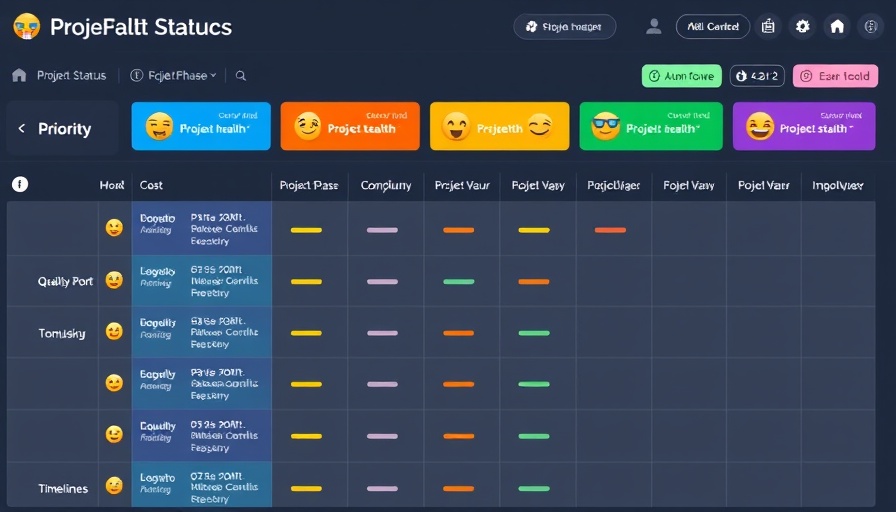
Why Profit Isn't Enough: A New Business Perspective
In today's ever-complicated business landscape, focusing solely on profit is like navigating a maze without acknowledging the walls surrounding you. While financial gain is crucial, integrating social responsibility into your business model can catalyze growth and customer loyalty. Entrepreneurs Mike Feazel and his brother Todd learned precisely this lesson while establishing Roof Maxx, a company providing an eco-friendly roofing solution that rejuvenates shingles rather than replacing them.
Understanding Consumer Intent: The Desire to Do Good
At the heart of socially responsible business practices is the understanding that consumers want to make ethically sound choices. Often overwhelmed by conflicting information and advertisements, many feel powerless to affect change. Feazel posits that rather than leaning on guilt to persuade customers, business owners should present viable alternatives that empower them to feel like horizontal problem solvers. For instance, through Roof Maxx, they demonstrated not only a cost-effective solution but also a way for homeowners to minimize landfill waste, creating a win-win situation.
Capitalizing on the Power of Values
Aligning a business with a relevant cause fosters customer loyalty in ways traditional ads cannot match. People are drawn more to companies that share their values rather than just their products. Emphasizing this connection can lead to long-term customer relationships. The Feazel brothers positioned their brand as a facilitator of positive change, accentuating both their mission and the tangible benefits customers receive by choosing Roof Maxx.
Making 'Doing Good' Part of Your Business Strategy
How can you position social good as beneficial for your growth? Recognize that responsibility and profit can go hand-in-hand. By encouraging customers to choose options that promote sustainable living, such as rejuvenating a roof instead of opting for a new one, Roof Maxx showed how businesses could serve both the marketplace and the planet. Beyond that, the mission became part of their value proposition, making customers feel they were part of a larger movement.
Future Implications: Is Your Business Ready to Adapt?
As more consumers demand transparency and social responsibility from brands, your business could be left behind if it fails to align with this trend. It is not just about offering a product or service anymore; it’s about contributing to a sustainable future. Adapting to this shift can enhance brand reputation, tap into new customer bases, and contribute to a significant cultural change.
Actionable Insights: Elevate Your Business with Purpose
Implementing a responsible business model may seem daunting, but it can be strategically advantageous. Start with small steps: evaluate your supply chain, consider sustainability in your product designs, and share your efforts transparently with customers. Engage your team in discussions around values, encouraging a company culture that reflects your social mission. The ultimate goal should be to provide opportunities for customers to feel involved in your brand’s journey towards positive change.
Ultimately, by reframing your perspective to see profit and purpose as intertwined, you may not only experience a boost in revenue but also foster a community of loyal consumers united by shared values. Embrace this shift today.
Are you ready to take your business to the next level by making social good a core tenet of your strategy? Start today by exploring how you can implement these insights in your organization and become a part of this transformative movement.
 Add Row
Add Row  Add
Add 



Write A Comment